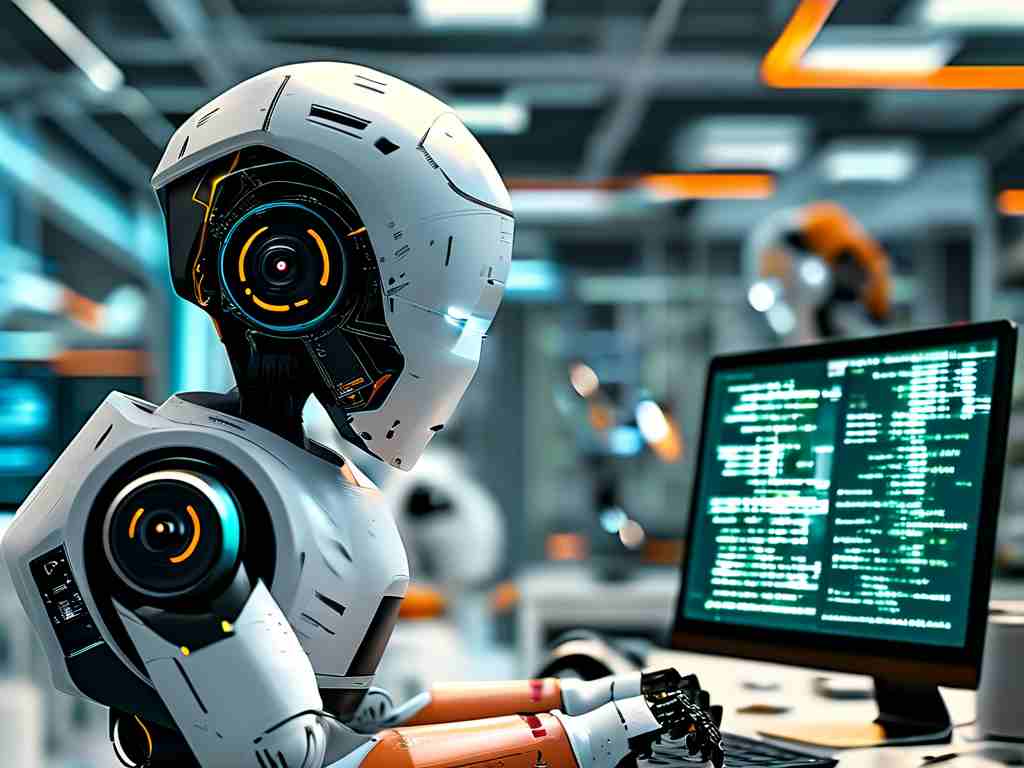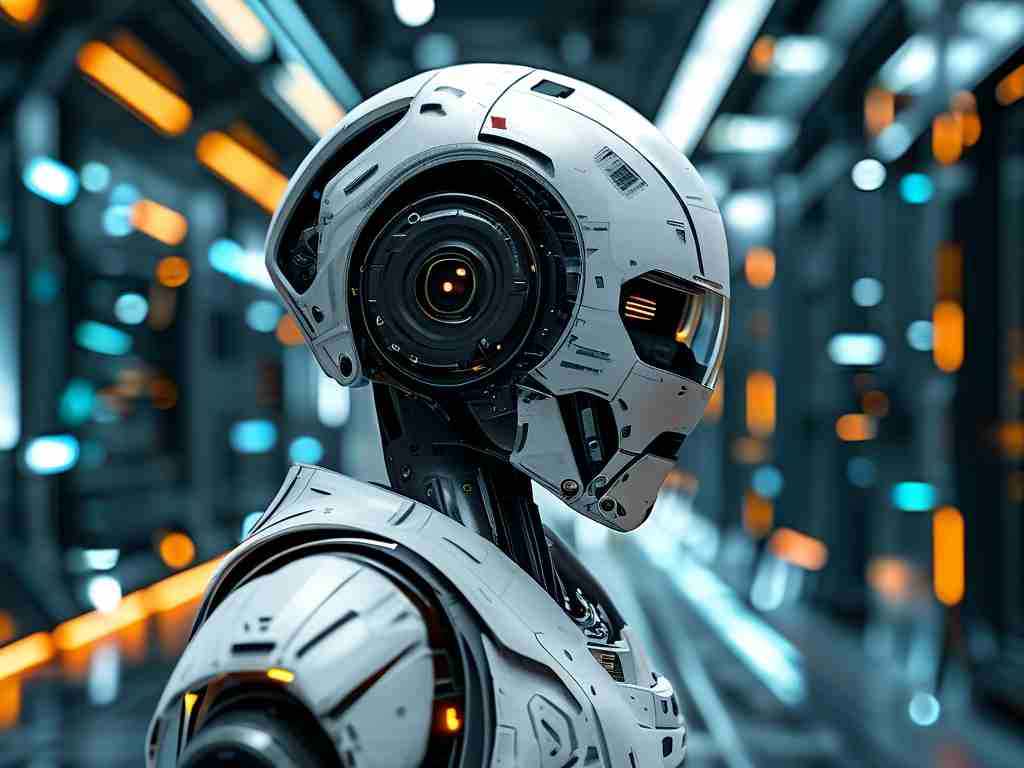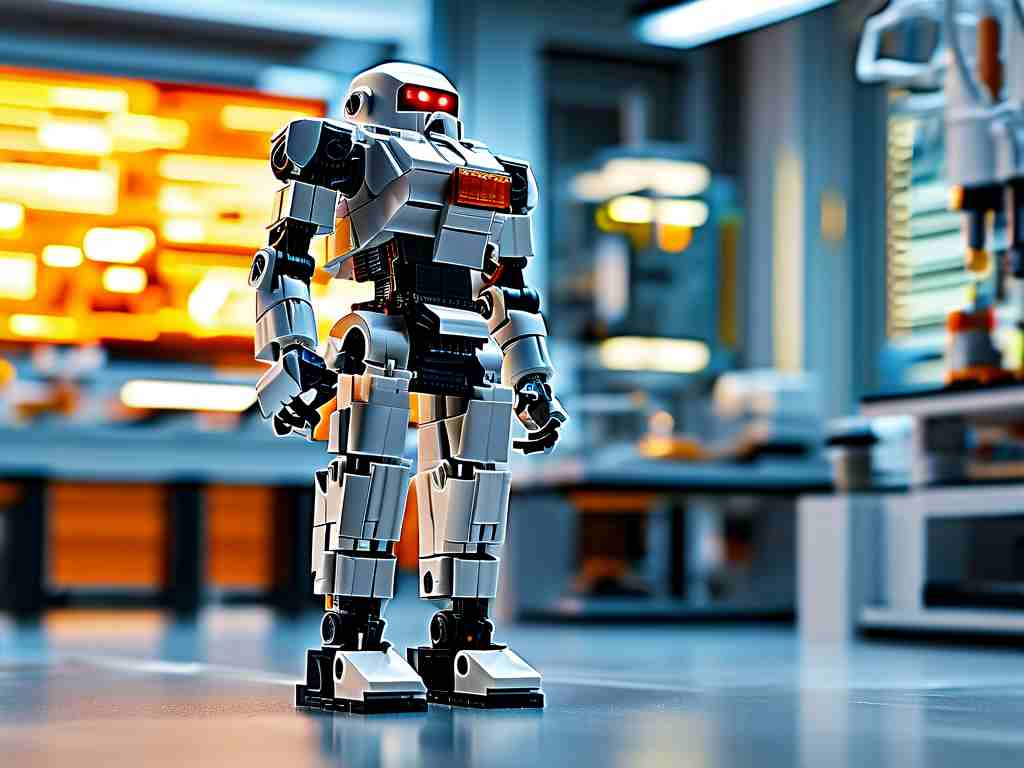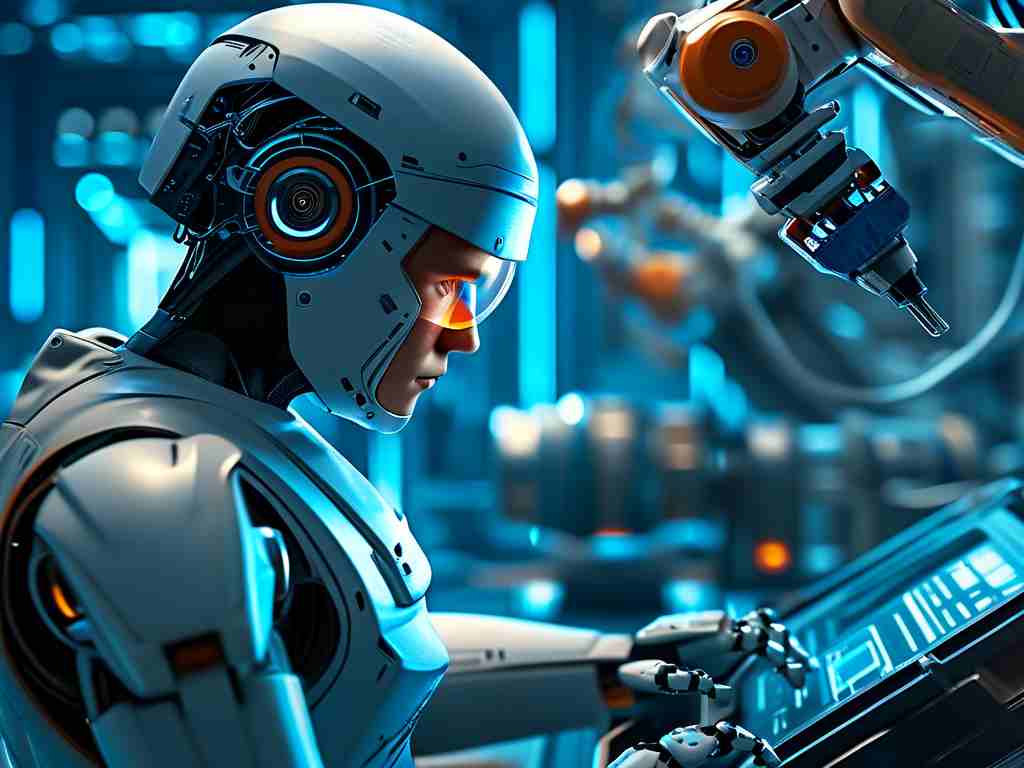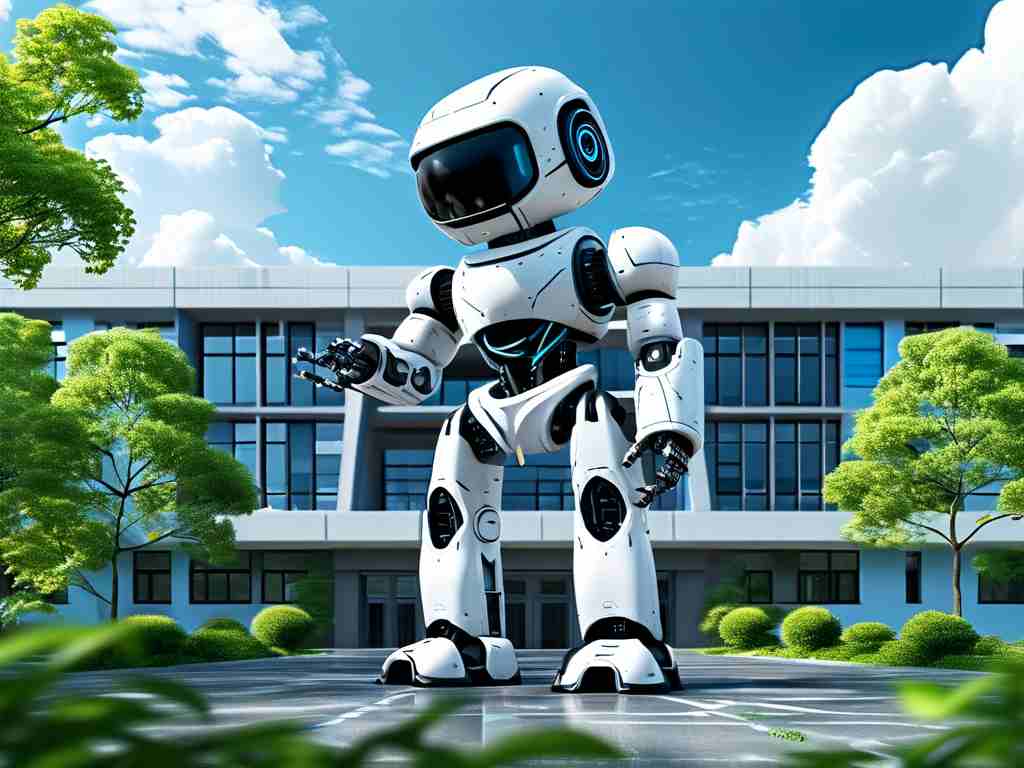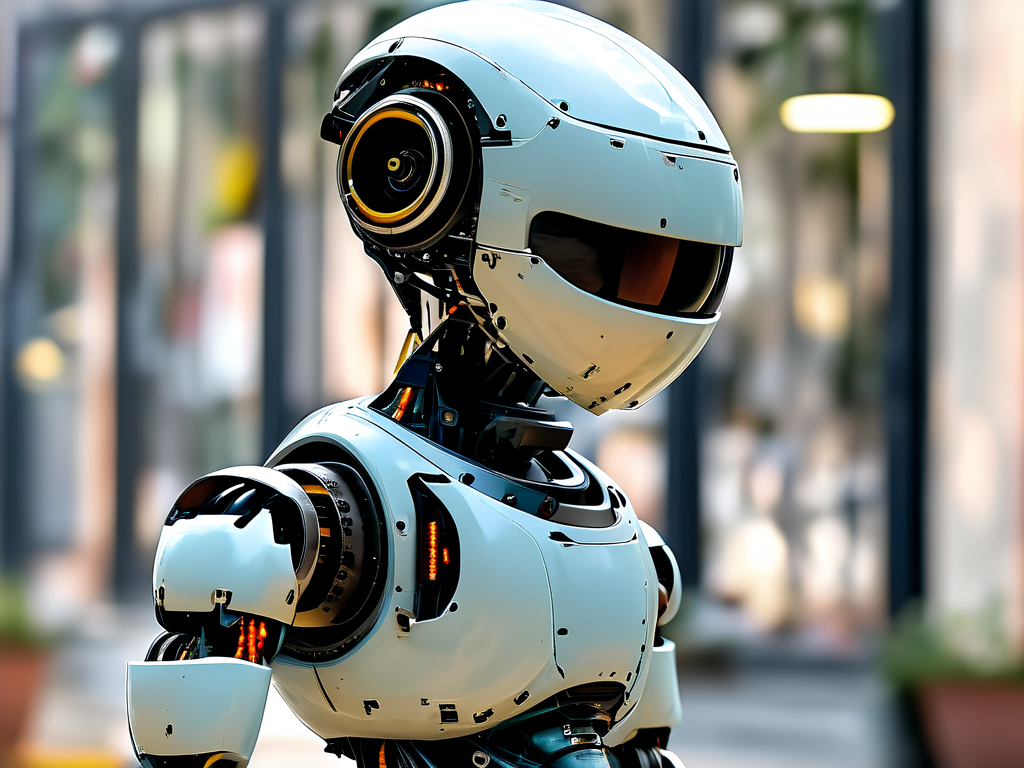For decades, LEGO has transcended its identity as a toy brand to become a cornerstone of modern STEM education. One of its most impactful innovations lies in the structured progression of LEGO robotics skill levels—a framework designed to nurture computational thinking and engineering aptitude across age groups. This article explores how these tiered learning stages equip students with practical skills while maintaining the playful essence that defines LEGO.

Foundation Stage: Building Blocks of Logic
The journey begins with entry-level kits like LEGO Education WeDo 2.0, targeting learners aged 6–10. Here, the focus shifts from static brick assembly to dynamic systems. Students construct basic motorized models—a rotating wind turbine or a crawling caterpillar—while using drag-and-drop software to program actions. A sample code snippet might involve simple command chains:
when green flag clicked
set motor power to 50%
wait 2 seconds
stop motor This phase emphasizes cause-effect relationships, introducing variables like timing and sensor responsiveness through tactile experimentation rather than theoretical lectures.
Intermediate Challenge: Systems Integration
At the secondary education level (ages 11–14), LEGO Mindstorms EV3 or SPIKE Prime kits elevate complexity. Builds incorporate multiple sensors (gyroscopic, ultrasonic, color detection) that require conditional programming. A line-following robot demonstrates this stage’s demands:
if color_sensor detects black:
set left motor to 30%
set right motor to 70%
else:
set both motors to 50% Educators observe a critical shift here—students start debugging not just code, but mechanical designs. A poorly calibrated wheel alignment or sensor placement often proves more consequential than syntax errors, teaching holistic problem-solving.
Advanced Applications: Real-World Prototyping
The expert tier (ages 15+) bridges classroom learning and industrial practice. Using LEGO MINDSTORMS Robot Inventor or custom Arduino integrations, learners tackle open-ended challenges like automated warehouse sorting systems or assistive mobility devices. Projects demand cross-disciplinary strategies—mechatronic optimization, data logging, and even machine learning implementations using Python:
from mindstorms import Motor
import numpy as np
motor = Motor('A')
sensor_data = np.loadtxt('calibration.csv')
motor.run_for_seconds(np.mean(sensor_data)*1.2) This stage cultivates iterative design thinking, where "failure" becomes a diagnostic tool rather than an endpoint.
Assessment Framework: Beyond Competition Trophies
Unlike conventional grading, LEGO robotics levels employ competency badges. Criteria include:
- Modular Design: Can the student’s code be adapted for multiple robot configurations?
- Sensor Efficiency: Does the solution minimize redundant data capture?
- Energy Optimization: How does battery consumption correlate with task completion?
Such metrics prepare learners for real engineering constraints while preserving creativity—a team might score equally high with a hyper-efficient minimalist bot or an over-engineered but brilliantly debugged prototype.
The Hidden Curriculum
Beneath the technical scaffolding lies LEGO’s psychological masterstroke: the "hard fun" paradox. Struggling to perfect a robotic arm’s grip strength or calibrate an inertial measurement unit creates cognitive friction—the exact type of productive discomfort that enhances retention. Teachers report increased engagement from students who previously showed little interest in programming, drawn in by the physicality of seeing algorithms manifest in plastic and gears.
As educational systems worldwide grapple with preparing youth for AI-driven economies, LEGO’s tiered robotics approach offers a blueprint. It proves that rigor and play aren’t mutually exclusive, and that sometimes, the most advanced learning tools come in brightly colored interlocking pieces.


